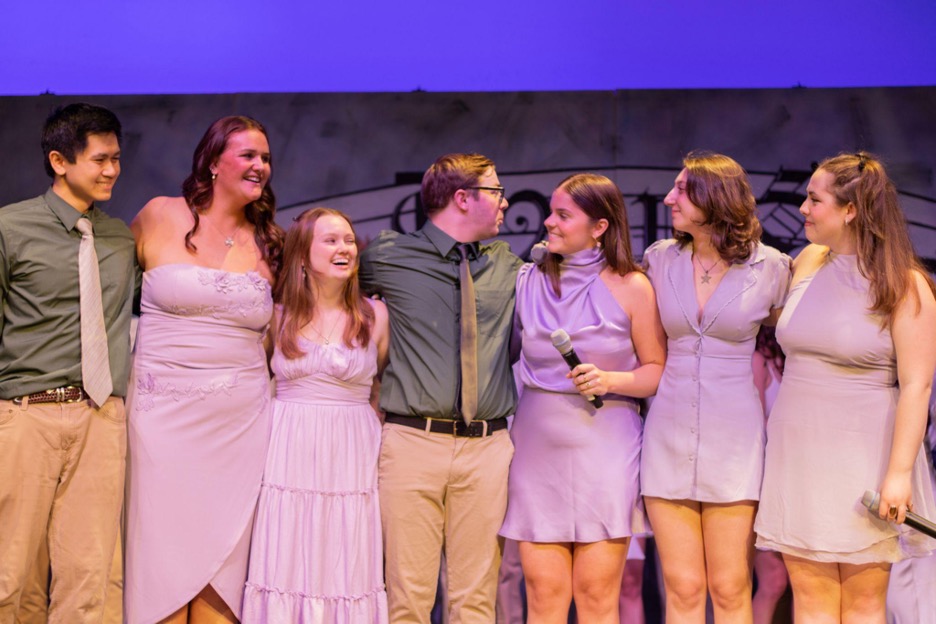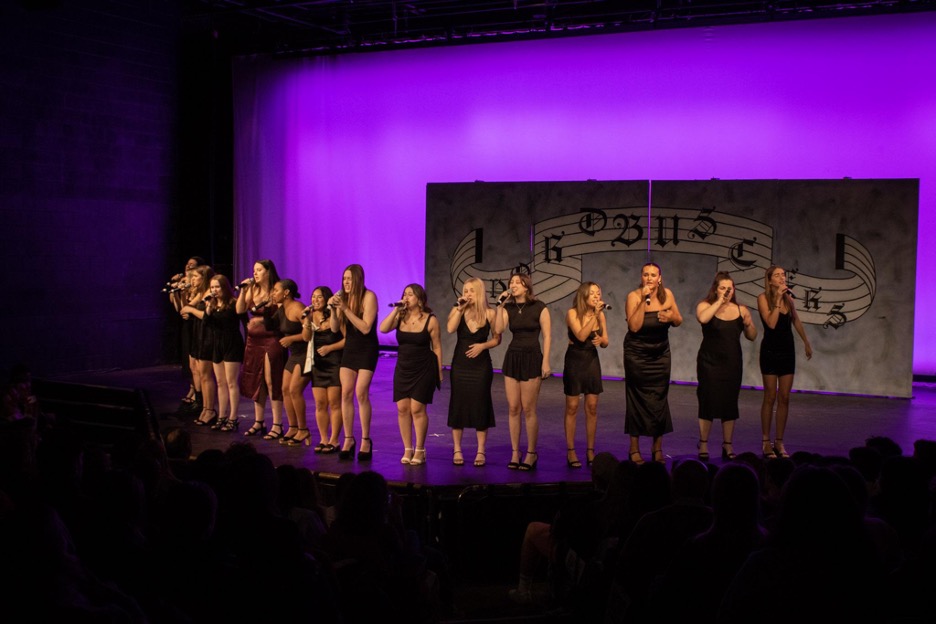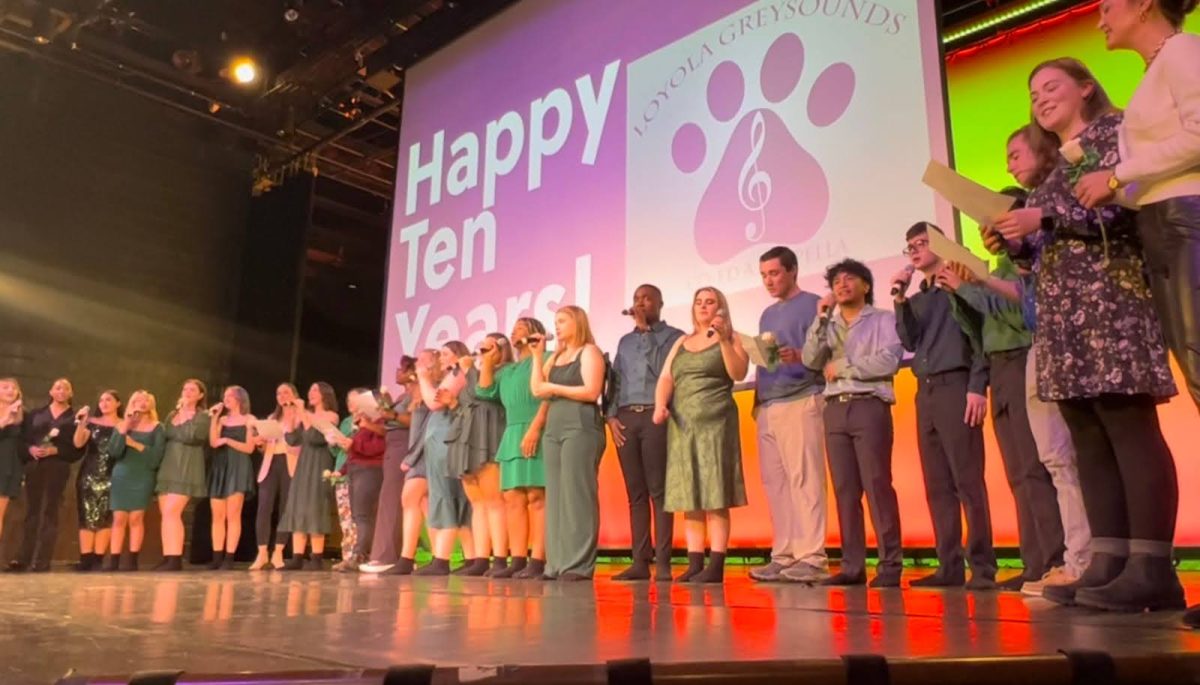 “They said I couldn’t grab the girl’s ass,” complained Miley Cyrus in a UK interview. Destiny Hope Cyrus was born in Franklin, Tennessee in 1992, and was immediately emerged into the music world, with “Achy Breaky Heart” star Billy Ray Cyrus as a father and Dolly Parton as a godmother. She became the Disney star of “Hannah Montana” at age 12, and quickly shifted from acting to singing, with her first album release (“Hannah Montana”) in 2006. However, this was certainly not the only transition Miley’s made. From her IDGAF attitude to living out her radical beliefs and becoming a leader in the LGBT community, Miley has impacted society tremendously.
“They said I couldn’t grab the girl’s ass,” complained Miley Cyrus in a UK interview. Destiny Hope Cyrus was born in Franklin, Tennessee in 1992, and was immediately emerged into the music world, with “Achy Breaky Heart” star Billy Ray Cyrus as a father and Dolly Parton as a godmother. She became the Disney star of “Hannah Montana” at age 12, and quickly shifted from acting to singing, with her first album release (“Hannah Montana”) in 2006. However, this was certainly not the only transition Miley’s made. From her IDGAF attitude to living out her radical beliefs and becoming a leader in the LGBT community, Miley has impacted society tremendously.
Cyrus’ current website has marijuana animations and images of crotch grabbing. She cut and bleached her hair, got inked over a dozen times, wears far, far less clothes, and doesn’t show public decency the same way she did five years ago. But, the  evolution of her physical appearance, her attitude, and social activism, not to mention her new music, has credited her as one of the most talked about artists in the world. “I was born to become who I am, right now,” she claimed in MTV’s “Miley the Movement” documentary. We first saw this ‘other side’ of Miley shortly after her breakup with former fiancé Liam Hemsworth in 2013. “I was so scared of ever being alone and conquering that fear this year was bigger than any other transition I had,” Miley stated in her interview with Barbara Walters.
evolution of her physical appearance, her attitude, and social activism, not to mention her new music, has credited her as one of the most talked about artists in the world. “I was born to become who I am, right now,” she claimed in MTV’s “Miley the Movement” documentary. We first saw this ‘other side’ of Miley shortly after her breakup with former fiancé Liam Hemsworth in 2013. “I was so scared of ever being alone and conquering that fear this year was bigger than any other transition I had,” Miley stated in her interview with Barbara Walters.
Cyrus stunned the world with her 2013 VMA performance, which was deemed a hot mess by most, but was strategically planned by Miley and team. “Every time I do anything, I want to remember, ‘this is what separates me from everyone else,iv’” the controversial star justified. Sophie Schillaci, a staff editor at The Hollywood Reporter, commented, “She knows what she’s going for, and she’s getting people to talk about her.” Miley created a ‘movement’, where she explains her new attitude as simply a change and a growth from her former self. Her loyal fans became part of the movement, and Miley was more successful during that time than any other moment in her career. But, the evolution of her physical appearance and attitude is still only a sliver of her transformation.
Unlike her peers, Miley’s transformation imitates her social attitudes. Miley has expressed her personal beliefs on sex, society, sexuality, and passion. “I think that I’m allowing people to be really free with their sexuality,” she told Elle Magazine. Miley’s enforced that anyone and everyone [should] have the same opportunity to normalize their own sexual ity, and has shown sincere desire to support her causes. She created a Happy Hippie foundation that helps with LGBT and homeless youth, has won a recent award from amfAR for her philanthropy work with AIDS and speaks out about her sexuality and feelings about being non-gendered. She also launched #InstaPride, an Instagram series that increases awareness and acceptance of people across all gender spectrums. Miley’s succeeded in using her millions of social media followers and fans to help spread awareness, while encouraging the youth community to see her as a role model and a new kind of hero. Miley is putting the phrase “mean what you say” into practice. “I’ve experienced fame, and money, and all that sh**,” she said. “And none of it will make you as happy as when you’re actually fighting for something.”
ity, and has shown sincere desire to support her causes. She created a Happy Hippie foundation that helps with LGBT and homeless youth, has won a recent award from amfAR for her philanthropy work with AIDS and speaks out about her sexuality and feelings about being non-gendered. She also launched #InstaPride, an Instagram series that increases awareness and acceptance of people across all gender spectrums. Miley’s succeeded in using her millions of social media followers and fans to help spread awareness, while encouraging the youth community to see her as a role model and a new kind of hero. Miley is putting the phrase “mean what you say” into practice. “I’ve experienced fame, and money, and all that sh**,” she said. “And none of it will make you as happy as when you’re actually fighting for something.”
Conceivably, the reason Miley gets negatively singled out for her transformation is because the once innocent Hannah Montana star, who influenced young girls and made parents happy to see on TV, now promotes radical (yet essential) views and lives them out. A generation of girls growing up watching “Hannah Montana” watched their childhood hero transform into a fearless woman, whose outlooks are (unfortunately) still not entirely accepted by a large sector of society. However, she is also a positive stand out because her boldness and social activism are changing the lives of those struggling with self-identity and sexuality.
 Miley Cyrus continues to make a huge cultural impact, from her previous role as Hannah Montana to her present day self, she uses her fame to help spread the word about important causes. She separates herself from many artists in the music industry because of the commitment she makes in communities that many are scared to embrace and become involved with. The former “Hannah Montana” hero to young girls is now a new hero to those same girls who have grown up questioning their sexuality and struggling to be accepted.
Miley Cyrus continues to make a huge cultural impact, from her previous role as Hannah Montana to her present day self, she uses her fame to help spread the word about important causes. She separates herself from many artists in the music industry because of the commitment she makes in communities that many are scared to embrace and become involved with. The former “Hannah Montana” hero to young girls is now a new hero to those same girls who have grown up questioning their sexuality and struggling to be accepted.












































































































